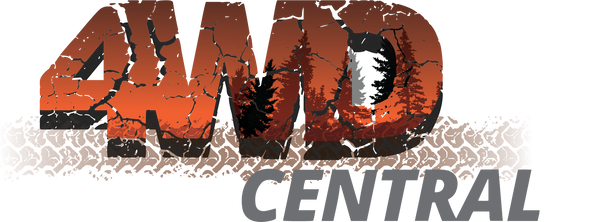If you’re an off-road enthusiast, then you know the importance of understanding 4WD recovery. It’s a skill that can save you and your vehicle from getting stuck in a sticky situation. However, it’s also important to understand what not to do when recovering a 4WD vehicle. Here’s a list of 20 things you should never do when attempting a 4WD recovery.
- Don’t attempt a recovery without proper equipment. Make sure you have the right recovery straps, shackles, and other necessary equipment and that they are all rated.
- Don’t attempt a recovery if the vehicle is too heavy for the equipment being used. Make sure the equipment is rated for the weight of the vehicle before attempting a recovery.
- Don’t attempt a recovery if you are not properly trained or experienced. It’s important to have the right skills and knowledge to safely recover a 4WD vehicle.
- Use your dampening blankets. Remember to use line dampers which can protect you and your vehicles from the recoil if something breaks. Don’t use a winch if you don’t have a proper anchor. A winch can be very dangerous if not used properly.
- Remember to double-check all connections. Make sure all connections are secure and properly tightened before attempting a recovery.
- Use a snatch block. A snatch block can help to reduce stress on all the components, like the winch line. A winch extension can help with this. An older type of device is a come-along. A come-along, like a winch, can help to pull the vehicle out of a sticky situation.
- Don’t use a winch if the line is frayed or damaged. Frayed or damaged winch lines can be very dangerous.
- Only attempt a recovery if the conditions aren't too extreme and you can do it safely. Extreme weather or terrain can make a recovery attempt extremely dangerous.
- Remember to use a tire deflator. Deflating the tires can help the vehicle to move through the sand and mud more easily and can assist with recovery.
- Remember to use a high-lift jack. A high-lift jack can be used to lift the vehicle in order to free it from mud or other obstacles.
- Remember to use a shovel. A shovel can be used to dig around the tires in order to give them better traction.
- Remember to use a recovery board. A recovery board can help to give the vehicle better traction and reduce the amount of stress on the winch line.
- Use a tree saver / protector. A tree saver can help to protect the tree from damage when using it as an anchor point for a winch.
Following these guidelines can help to ensure that your 4WD recovery attempt is successful and safe. Make sure to always use the proper equipment and techniques when recovering a 4WD vehicle.

